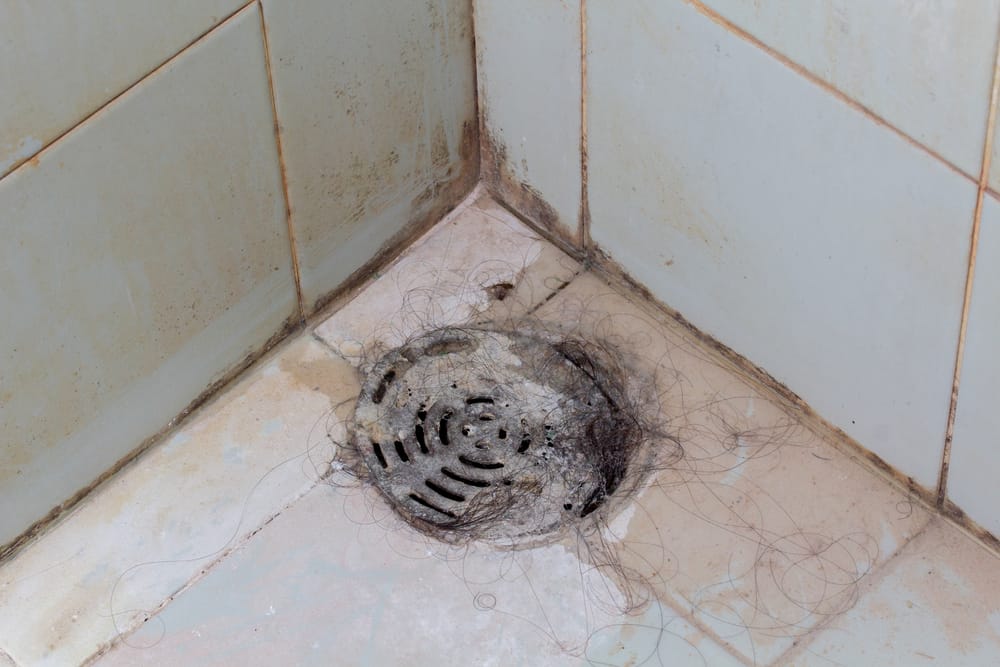Australia may be pretty dry, but when it rains, it can really rain! Is your current drainage solution – or complete lack of one – leaving your backyard waterlogged on too regular a basis? If the answer is yes, you’re right to feel not only frustrated, but worried about the short, medium and long-term risk of damage that it may pose. And if you’re already reading this, it’s because you’ve heard about a potential solution – the French drain system.
It sounds a bit complicated, but is it? And is it the right solution for your particular property and drainage issues? Let’s dive in:
What is a French drain?
Are French drains complex? That’s definitely not the case. But what they can achieve for your home is quite incredible. This remarkably simple drainage system is just as effective as it is easily understandable for the way it so effortlessly redirects water away from problem areas in your yard or home – and looks great as well!
It typically consists of a simple trench filled with gravel and a perforated pipe that collects and redirects groundwater or surface water. And that’s it, really! The system helps keep water from pooling in unwanted areas, protecting your property from water damage, soil erosion, and mould growth.
How does a French drain work?
French drains work with the help of Sir Isaac Newton’s ingenious discovery – gravity. The same way Sir Isaac observed an apple plummeting from a tree, the French drain uses the very same gravity to guide water along the path of least resistance.
The trench then acts as a simple channel – with the gravel and perforated pipe helping that water to flow into the drain. As water seeps through the gravel, it enters the pipe and is directed away from your home or low-lying areas to a designated drainage spot. Sounds pretty simple, right? It’s this simplicity that makes French drainage systems an increasingly popular choice for homes with water management issues seeking an easy, affordable, attractive solution.
Now that you understand what’s a French drain, and how French drains work, let’s take a look at whether you – yes, you! – can install one all by yourself:
DIY guide: How to install a French drain at home
Thinking of installing a French drain all by yourself? You may be daunted, but hear this – with the right tools, preparation, and professional step-by-step guidance, it’s a project many homeowners really can tackle. Here’s how:
1. Decide if you’re capable of installing a French drain
Assess your skills: Are you already comfortable with digging, levelling, and basic landscaping? Installing a French drain involves physical labour and precision, so if you’re super-keen already, you can handle it.
Evaluate the site: Identify the problem area. Is the ground too rocky, or will tree roots obstruct your digging? These factors can make installation more challenging.
Consult local regulations: Some areas require permits or have specific rules about altering drainage systems. Check with your local council before you begin.
Do you need it?: It’s a good idea to have your drains inspected before starting incase your pooling water is caused by a blocked drain pipe.
2. Gather your tools & supplies
Here’s what you’ll need in terms of tools:
- A shovel (or a trenching machine for larger projects)
- A level
- A wheelbarrow
- A tape measure.
Now for the supplies:
- Perforated drain pipe
- Landscaping fabric
- Gravel (clean and debris-free)
- Drainage outlet or discharge pipe
- Optional sandbags or wooden stakes for marking out the trench.
3. Plan the drainage path
Did the tools and supplies lists overwhelm you? If so, don’t be too hard on yourself – and skip to the very end. If you want to proceed, let’s do this!:
Determine the water flow: Water should flow from the high point of the trench to a lower area where it can safely discharge, such as a storm drain, dry well, or natural slope.
Mark the route: Use stakes and string to outline the path of the French drain. This ensures a clear and accurate guide for digging.
4. Excavate the trench
Dig to the right depth: The trench should be deep enough to allow the pipe to sit below the surface – typically 45-60 cm deep and 22-30 cm wide.
Create a gradient: For proper drainage, the trench should slope at least 1 cm for every 1 metre of length. Use your level to check as you go.
5. Prepare the trench
Line with landscaping fabric: It will prevent soil from clogging the gravel and pipe. Ensure the fabric extends beyond the trench sides so it can be wrapped over the top.
Add a gravel base: Pour a layer of gravel (about 7-10 cm deep) at the bottom of the trench to provide a stable bed for the pipe.
6. Install the perforated pipe
Position the pipe correctly: Lay the pipe with the perforations facing downwards to allow water to enter and flow through efficiently.
Ensure the slope: Check again that the pipe maintains the proper gradient for water flow.
7. Cover & secure
Add more gravel: Fill the trench with gravel until it’s about 5-8 cm below the surface.
Wrap with fabric: Fold the excess landscaping fabric over the gravel to prevent debris from clogging the drain over time.
Top it off: Cover with soil or decorative stones to match your landscaping.
8. Test your French drain system
Before finishing up, run water through the drain to ensure it flows smoothly from the high point to the discharge outlet. Fix any issues before completing the project.
9. Maintenance tips
Every now and then, inspect your French drain to ensure it remains free of clogs and debris. A properly maintained system can last decades.
Should you DIY or hire a professional?
Trust us: Installing a French drainage system can be a really rewarding project – even if done DIY. However, it’s not something everybody can – or wants – to do. If your backyard presents particularly complex challenges, like tree roots, steep slopes, or extensive water damage, professional expertise might be the safer and more effective option. Or – you just might want someone who really knows what they’re doing to do it all for you!
Let local plumbers handle your drainage needs
A well-designed drainage system is essential for protecting your home from excess water and potential damage. Whether you’re dealing with pooling water in your yard or considering a French drain installation for better water management, choosing the right solution can save you time and effort. Instead of tackling the heavy digging yourself, a professionally installed drainage system ensures the job is done right the first time.
Local plumbers with experience in drainage solutions can assess your property’s needs and recommend the best approach to keep water away from your home. If you’re unsure about the right drainage system, consulting a professional can help you achieve a long-lasting and effective solution, and at Tradie Near Me we can connect you with the best!






